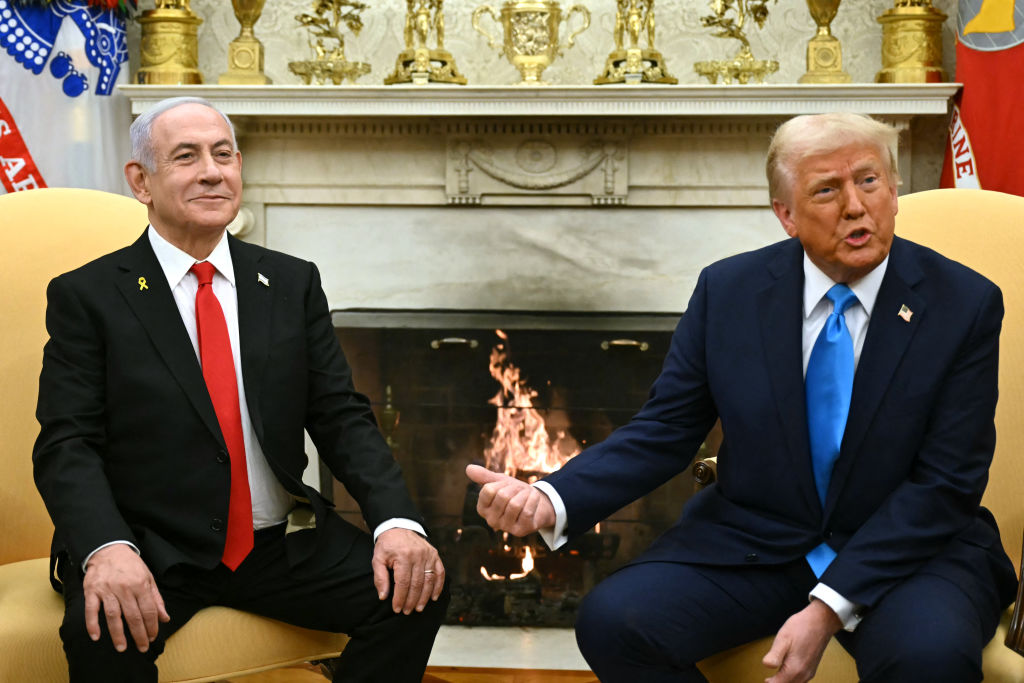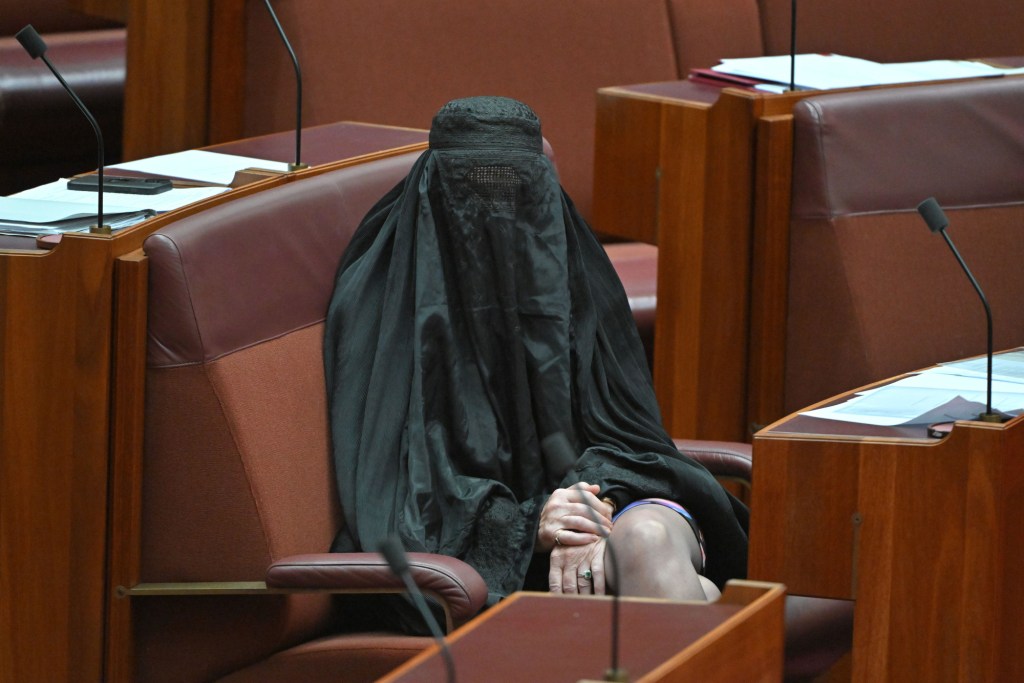When the Middle East gets me down, I sometimes rewatch the video of Donald Trump announcing the death of ISIS leader ‘Abooo… Bakarrrr… al-Baghdadi’ in 2019. It never fails to make me laugh when Donald declares the terrorist leader ‘died like a dog… a beautiful dog’. It’s funny to many in the West, because Trump’s words seem like crass bluster from a primitive communicator. In fact, he was deadly serious, and was not speaking for our ears alone.
In essence, Trump was ‘speaking Arabic’ – not linguistically, but culturally – delivering a calculated message to the Muslim and Arab world. To call a man a dog is a profound insult in Islamic culture, evoking contempt and dishonour. His words were designed not only to confirm al-Baghdadi’s death but to ensure he died in disgrace. It was a message of humiliation tailored for an audience that understands the power of such a label.
In recent weeks Trump has employed this technique again, discussing the Gaza hostage crisis. His declaration that ‘all hell will break loose’ if hostages were not freed was not simply overheated rhetoric. Once again, his language carried religious overtones, designed to communicate wrath and judgment in a moral frame that resonates deeply in the Middle East. In 2017 at the Arab Islamic American Summit in Riyadh, he framed the battle against terrorism in similarly stark terms –‘a battle between good and evil’ – declaring, ‘if you choose the path of terror… your soul will be condemned’. These phrases, rooted in religious finality, were not merely hyperbole; they were signals, tailored for a region where morality, shame, and divine judgment carry immense weight. Trump, often mocked in the West for his theatrical style, is fluent in the religious language of the Middle East.
But Trump is not alone in mastering the art of audience-focused communication. Hamas, too, uses the language of symbolism, stagecraft, and subtext – though its productions often appear to western eyes as farcical and amateurish. Their recent hostage handovers have been a case study in crude but effective messaging. The stages they build are rickety and absurd: banners marred with clumsy errors, such as a defiant fist drawn with six fingers; women throwing confetti like they are at a wedding; cameramen scuttling back and forth as if shooting a low-budget music video. To a western observer, these spectacles are embarrassing – cheap theatre from third-rate PR teams with ties to Al Jazeera.
And yet, despite the low-grade Insta-influencer production values, the message lands precisely where it is meant to. To the Arab world, the scene is not a joke but a signal of defiance: We are still here. We still resist. The banners, crude though they are, declare their narrative. Today’s show was a good example: on the left: Yahya Sinwar, their dead leader, gazing toward Jerusalem with the caption ‘There is no immigration except to Jerusalem’ – a clear answer to Trump’s population relocation plan. On the right: a pantheon of martyrs, from Muhammad Deif to senior commanders of the 7 October attacks, glorified as heroes of the cause. Beneath it all: photos of the Israeli territories breached on that dark Saturday 497 days ago – a triumph memorialised on vinyl, their greatest victory reduced to a printed image flapping in the wind. There was even an actual sand-timer on the desk, dedicated to Einav Tsengoker, the mother of Matan, another hostage who remains in Gaza. Translation: time is running out.
Even the coerced performances of the hostages are layered with meaning. Alexander Troufanov, Yair Horn and Sagui Dekel-Chen forced to speak in Hebrew, plead with the Israeli public to secure the release of those left behind. This, too, is a calculated choice. Speaking in Hebrew, Hamas weaponises empathy, broadcasting their message directly into Israeli homes, seeking to sow pressure on the government. But to the Arab world, the meaning is different: Israelis, stripped of their power, made to beg on a Hamas stage. Language, again, is the battlefield.
Israel, for its part, has a communication challenge, too – walking a tightrope between two audiences with vastly different expectations. On one side, to the Arab world and the axis of terror led by the Islamic Republic of Iran, Israel projects an iron fist – relentless strikes, high-profile assassinations, and the complete destruction of terrorist strongholds. The message is one of unyielding strength: You will not break us; we will break you. On the other side, to the West, Israel’s messaging is tempered: a narrative of humanitarian concern, lawful conduct, and moral clarity. They showcase their efforts to minimise civilian harm, open humanitarian corridors, and operate within the bounds of international law. Yet, it is an impossible balance – one side demands fear; the other, compassion. And where the Palestinians had their vinyl banners, Israel this week released the agreed Palestinian prisoners wearing custom T-shirts featuring a star of David and the inscription, in Arabic, ‘we will neither forget nor forgive’. The print-on-demand shops of the Levant have been busy.
What emerges from this cacophony of banners, speeches, and threats is a lesson in how wars are fought with language and images as well as weapons. Every actor – Trump, Hamas, Israel – is fluent in the dialect of their audience. To the casual observer, this theatre may seem confusing or absurd. But every word, every stage, every image is part of the dialogue of war. The actors know their audiences. The question is: do we know how to listen?








Comments